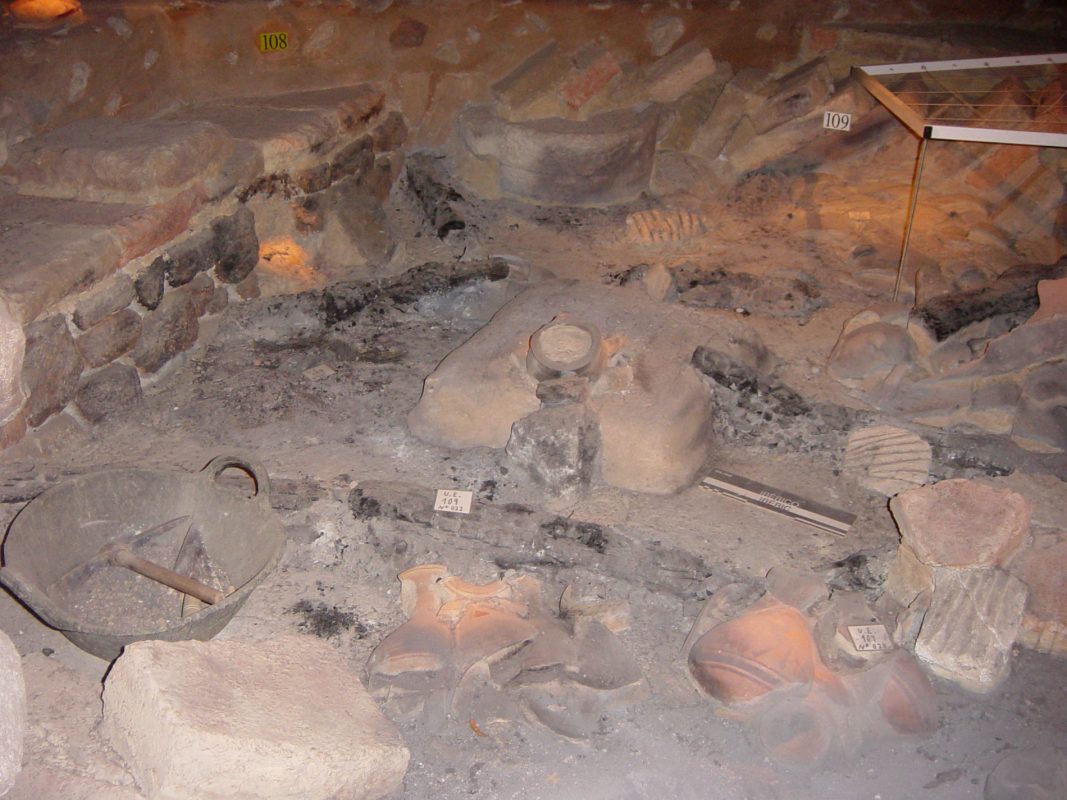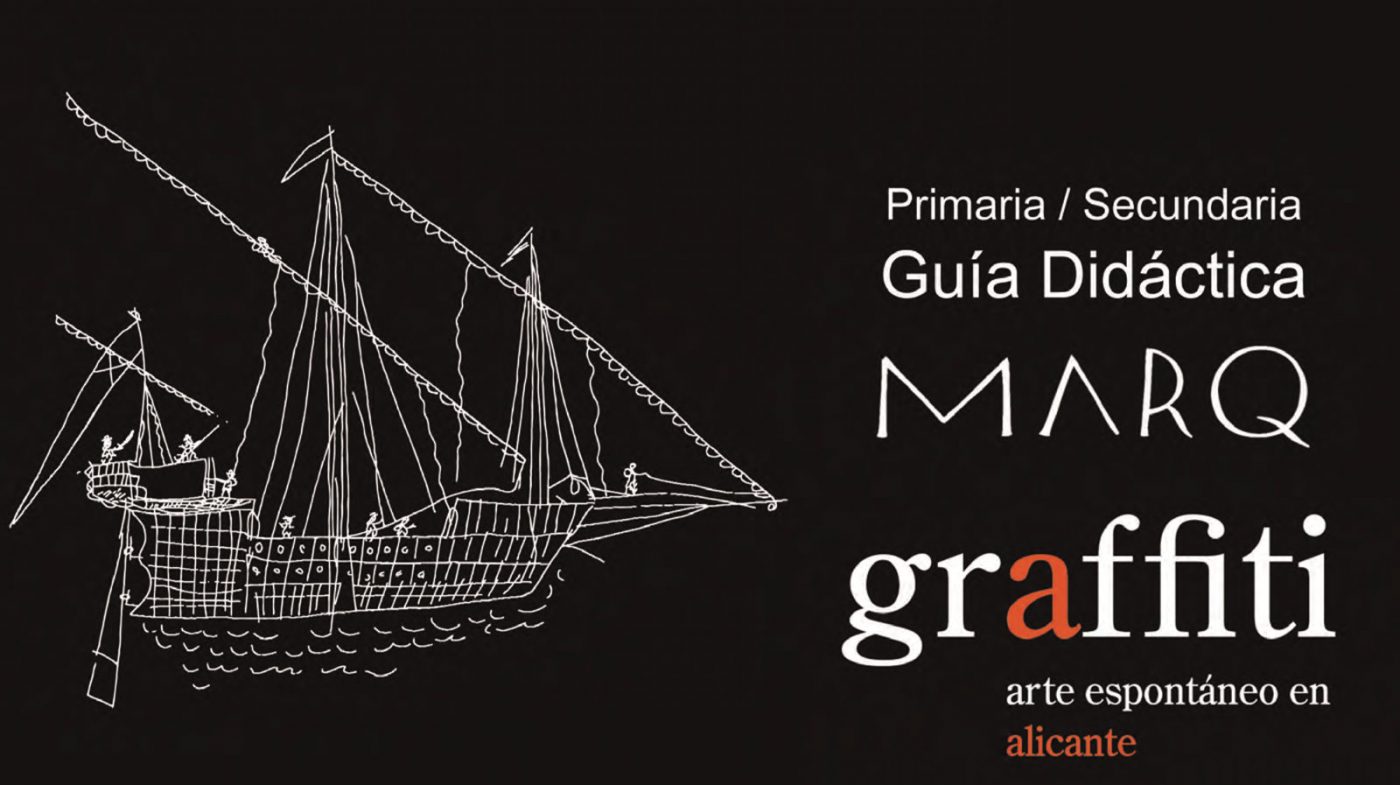MARQ and its Thematic Galleries
URBAN ARCHAEOLOGY GALLERY
This gallery recreates an excavation taking place within a gothic style church, which is still in use.
The upper half of the recreated church consists of the pointed arches of the church’s cloister. Under its floor, there are four layers of earlier occupation (cut through by the foundations of the church pillars): Iberian, Roman, Late Roman, and Islamic periods. These are set out clearly in a stepped way and you can see the tools used by the archaeologists during the excavation.
Archaeologists don’t just study what is under the ground, but also the standing remains, for example the Medieval building. They analyse the successive construction phases and any additions made to the building. The numbers you can see on the walls relate to the different layers or building phases of the church. This type of investigation is known as “Buildings Archaeology”.
To sum up, this gallery represents an example of an archaeological site with different periods of occupation, from the Iberian period up to the present day.

Look at the following photo of the Iberian layer. We are going to detect errors in the marked objects.

Read the following information:
- On the wall of the church you can see some graffiti from the modern era. If you want to know more about graffiti download the didactic guide of the exhibition made at MARQ.
-
The two identical interactive screens provide information on the different archaeological phases displayed in the gallery.
-
The large audiovisual screen shows the evolution from the Bronze Age to the present day of the area that is today the city of Alicante.




 Español
Español VAL
VAL